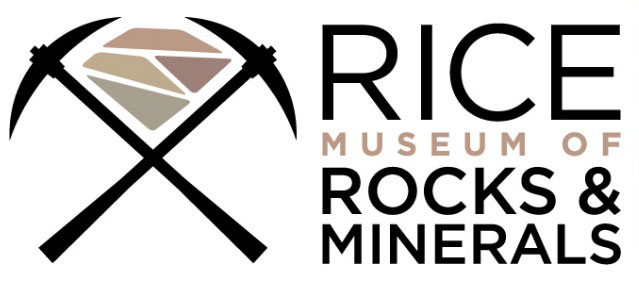If you’re a Leonardo DiCaprio fan, you’ve probably heard the term blood diamond. It’s the title of his 2006 film set in Sierra Leone against the backdrop of armed conflict funded by diamond sales. The film helped raise awareness about this terrible connection and the steps being taken to break it.
Minerals associated with violence go beyond diamonds. Other lesser-known but vitally important materials play similar roles in conflicts elsewhere. And these materials end up inside your mobile phone.
Our museum’s display at this year’s Denver Gem & Mineral Show (Sept. 16-18, 2016), addresses the issue of conflict minerals in the Democratic Republic of Congo (DRC). These minerals include gold, tantalum, tungsten, and tin ores.
What is a conflict mineral?
A conflict mineral is a resource that directly or indirectly supports paramilitary violence and warfare. Mining in the DRC is carried out by small, local operators using hand tools and manual labor. It is a critical source of income for poor families who would otherwise rely only on subsistence farming to survive. Because these operations are so small and decentralized, however, the ore they produce must go through a long series of traders and middlemen before it can reach the market.
Paramilitary groups exploit this part of the supply chain because the material and money are so difficult to trace. Using violence, murder, rape, and extortion, they force taxes on the movement of ore minerals and use the profits to buy weapons.
How do these minerals affect me?
Materials derived from conflict minerals are critical to products you use every day. Just look at that ubiquitous symbol of high-tech gadgetry: your mobile phone.
Inside every smartphone, you’ll find:
- Gold, which makes fast electrical conductors that won’t corrode over time
- Tungsten, used in the vibrating motor that makes your phone buzz
- Tantalum, needed to help tiny capacitors hold an electric charge
- Tin, the soldering material connecting components together
These four materials are known collectively as the “3TG.” They have a wide variety of other uses, from hardening drill bits (tungsten) to forming surgical implants and rocket nozzles (tantalum) to shaping window glass (tin).

How are corporations responding?
With such widespread uses of 3TG materials, it can seem impossible for the average person to have an impact on this issue. Fortunately, international governments, corporations, and non-governmental organizations are taking steps to cut off suppliers linked with conflict.
Annually, reports from electronics corporations and other organizations show positive trends: they are making headway in creating transparent supply chains and identifying conflict-free source materials. However, more must still be done, especially to combat smugglers who mix uncertified ore materials with ores certified to be conflict-free.
What can I do to help?
You can help work towards a conflict-free future by being an informed consumer. If you’re shopping for a new phone, look up the manufacturer’s Conflict Minerals Report as well as its device’s processing speed. If you are dedicated to a particular smartphone brand, contact the manufacturer in writing or through social media to express your support for conflict-free sourcing.
And when you’re done with your old device, always remember to recycle. Electronics recycling not only reuses 3TG materials, but also benefits public health and the environment.
